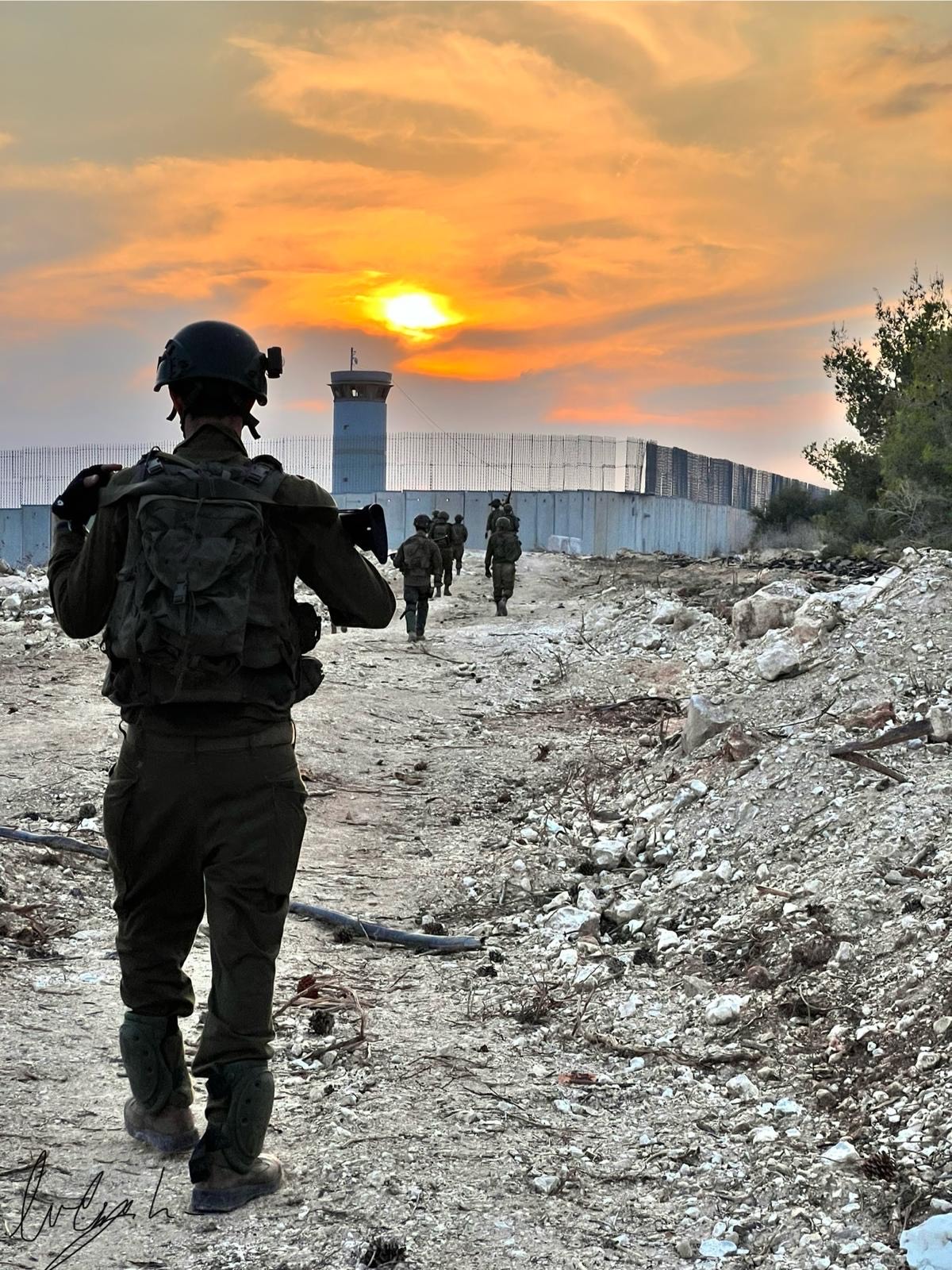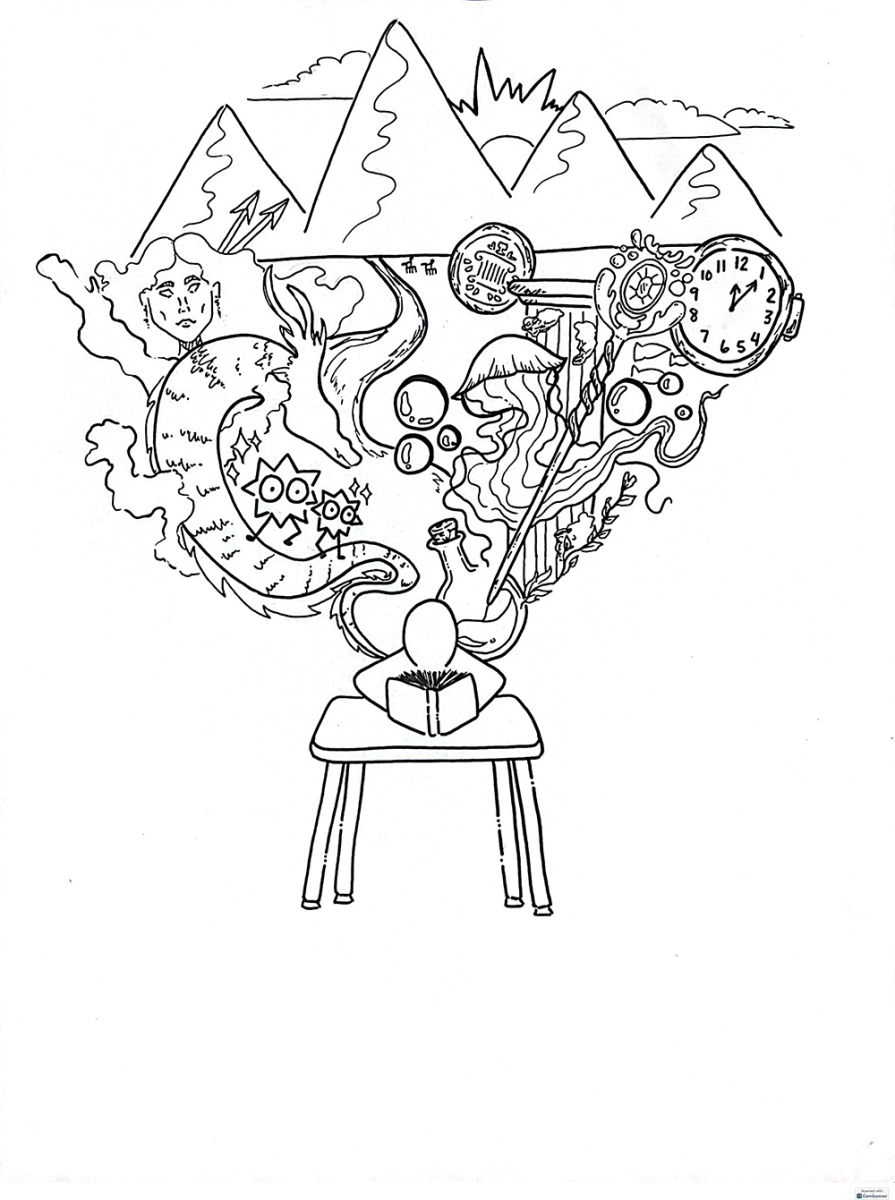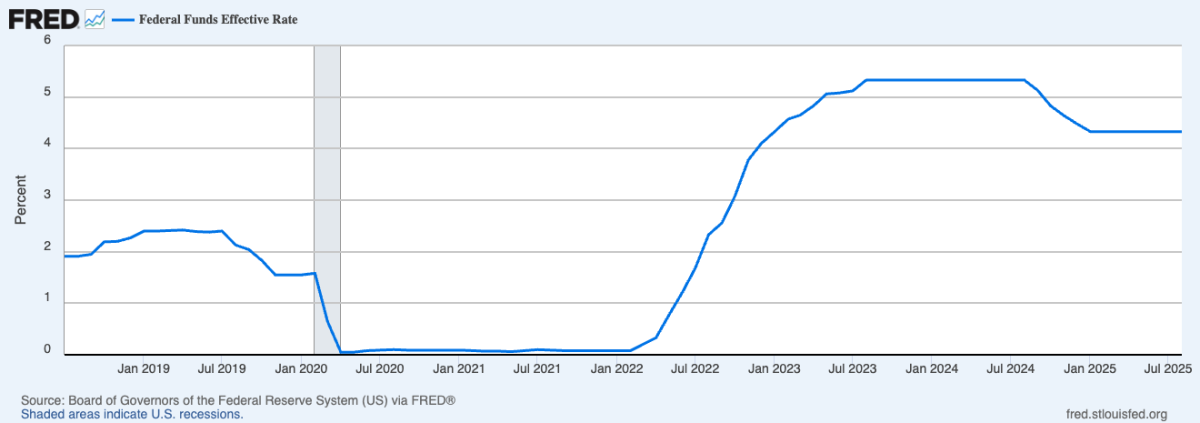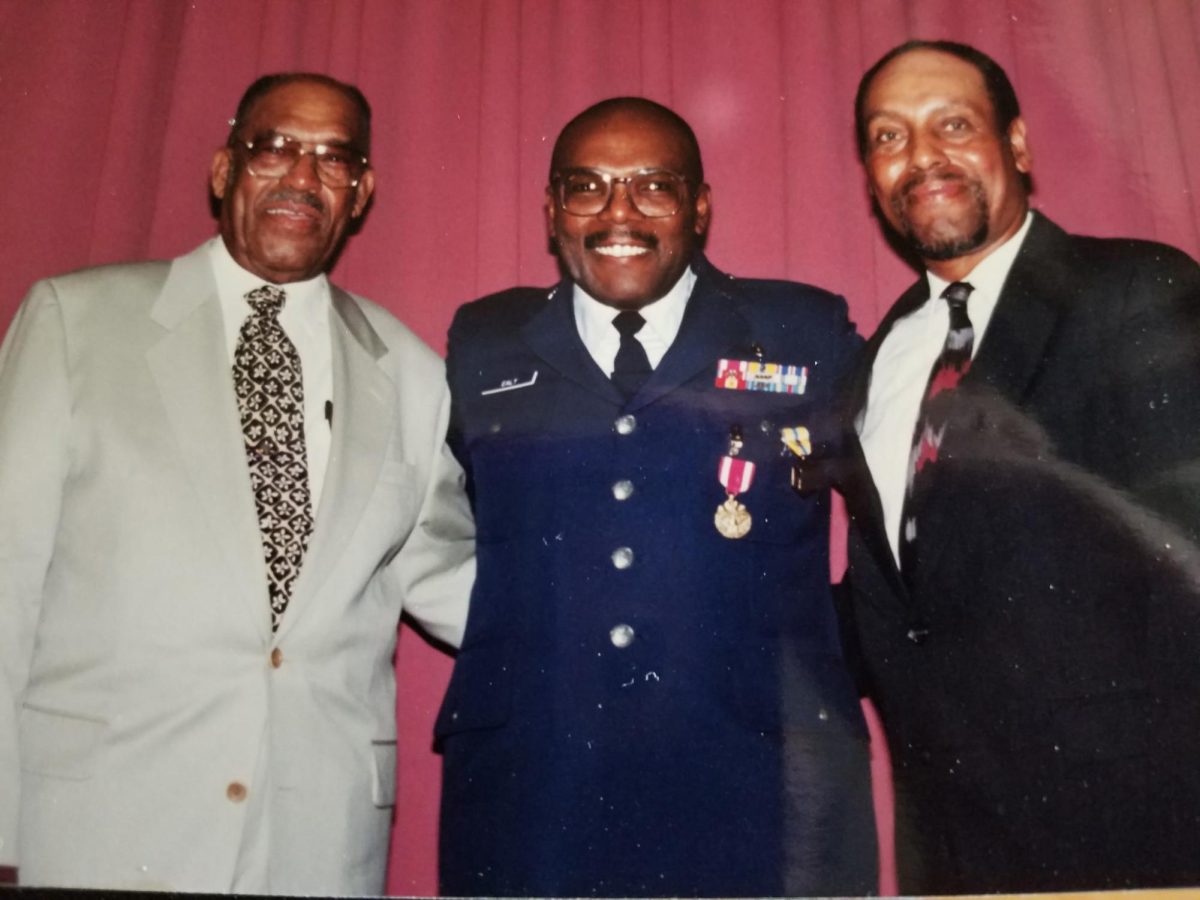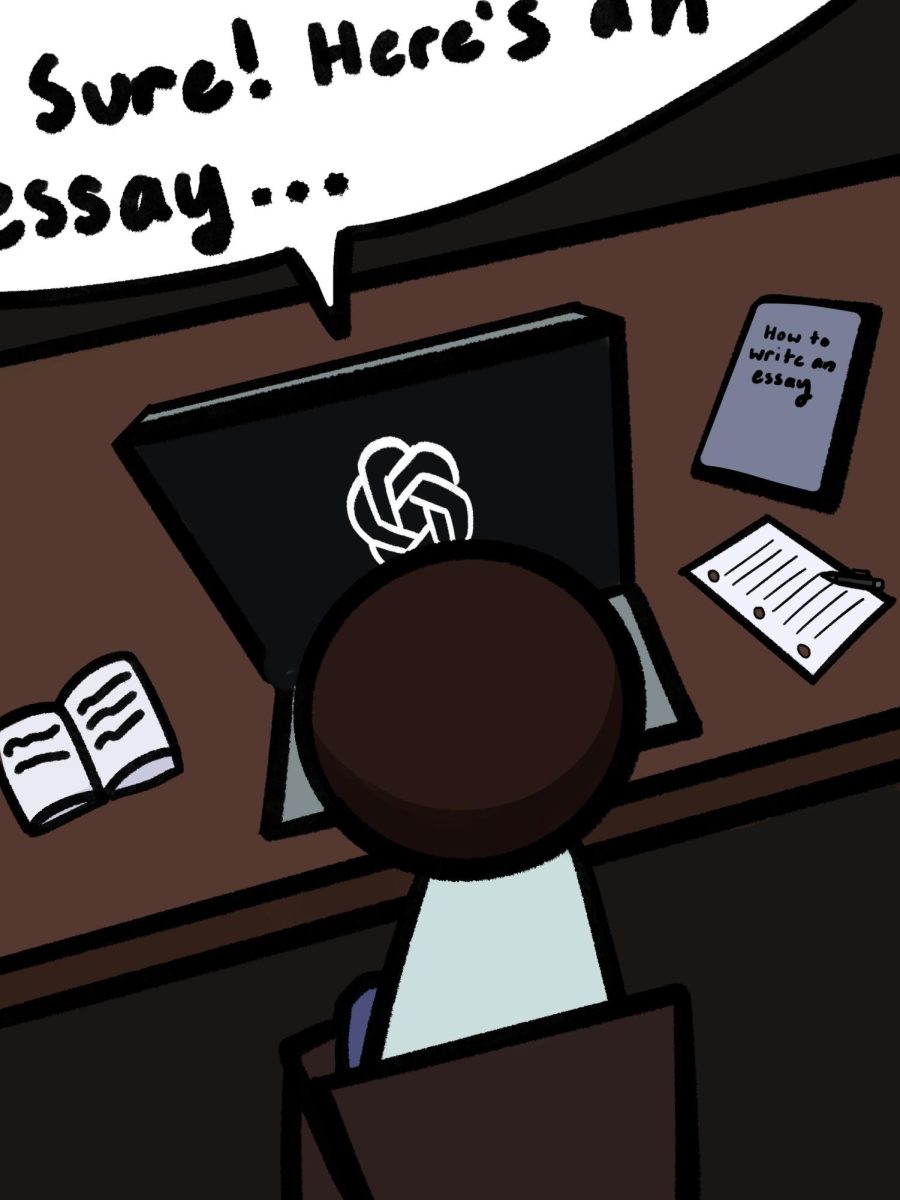The Israeli Government confirmed that the terrorist leader of Hamas and architect of the Oct. 7 massacre, Yahya Siwnar, was eliminated on Oct. 16 in a firefight with IDF soldiers in the south of Gaza.
In the past six months, Israel has shattered the command chains of both the Iranian-backed Hamas and Hezbollah terrorist organizations in what I believe to be the most successful terrorist elimination campaign of the 21st century.
The previous major campaign often cited is the Global War on Terror, launched after Sept. 11, 2001. While large success came in dismantling Al-Qaeda, eliminating Osama Bin Laden, and weakening their allies, unfortunately large casualties of allied forces and civilians followed. Between October 2001 and March of 2023, It is estimated that sadly over 7,000 U.S. service members, 177,000 allies, and over 400,000 civilians were killed in the campaign.
These numbers can be contrasted to the 884 Israeli service members who have been tragically killed in over a year of fighting terrorists since Oct. 7, 2024, resulting in what Israel claims to be the deaths of over 17,000 Hamas and 4,000 Hezbollah terrorists. While the Global War on Terror has spanned over a much longer period of time, the comparison with the current war in the Middle East demonstrates the speed and effectiveness of Israel’s military response.
According to Israeli Prime Minister Benjamin Netanyahu, Israel’s civilian-to-combatant ratio is 1:1; for every terrorist death around one death results from a civilian. While every single death of an innocent person is a tragic loss that should be avoided by all means necessary, these numbers are historically low in comparison to standards of urban warfare (4.5 civilians lost their lives for every 1 combatant in the Iraq war.) The variation in historical data highlights the IDF’s efforts to minimize the loss of innocent lives while combating an enemy known for using human shields and manipulating civilian casualty figures to vilify Israel.
A recent study by the independent Henry Jackson Society found that the Hamas-run Gaza Ministry of Health has been deceptive in its claim that 45,000 civilians have been killed in Gaza. They have distorted this number by not differentiating between civilian and combatant casualties, falsely classifying the deaths of adult males as females and children, incorporating over 5,000 natural deaths into their casualties and countless other discrepancies.
The society also found that of the 1,378 media articles reviewed in the study, around 98% of the fatality figures in the articles came from Hamas-controlled sources, lacking any form of critical scrutiny and vilifying Israel based on false information.
The October 7 Catalyst
The campaign started after Oct. 7 2023, when Hamas terrorists invaded Israel through land, sea and air with the intent of mass destruction. They brutally slaughtered around 1,200 people, taking an additional 250 hostages back into the deep tunnels of the Gaza Strip.
How did the Shin Bet, one of the most advanced Israeli security agencies in the world, fail to intercept this major attack? The most likely answer was the failure to properly analyze and act on warning signs from the activations of Israeli SIM cards in the Gaza Strip.
While as of now it may be impossible to fully understand to what level the roles of negligence or improper timing may have played in the intelligence failure, since that day, Israel has acted on their promise to deliver justice to those who wish death to the country and the Jewish people.
Unraveling Hamas and Hezbollah
As success came in the first six months of the war in eliminating Hamas terrorists, the first major blow came in July when the head of Hamas’ military wing Mohammed Deif was eliminated in a southern Gaza airstrike.
Deif was widely regarded as Sinwar’s second-hand man with a direct connection in the planning of the Oct. 7 massacre. He had been on Israel’s most-wanted list for 30 years due to involvement in Hamas, surviving at least seven assassination attempts before his recent demise.
“[Deif’s death] enforces a simple principle that we have established, that whoever hurts us, we hurt them,” Netanyahu said in an AP interview.
Netanyahu’s principle did not stop there; two weeks later, Hezbollah military commander Faud Shukr was eliminated in a targeted Beirut airstrike after reportedly being lured to the 7th floor of his apartment building by a phone call.
Shukr was thought of as a ghost, going into hiding in 1985 after helping to plan the hijacking of TWA Flight 847. He had also been on the United States’ most-wanted list for assisting in the planning of the 1983 Beirut bombings, where 241 American military personnel were murdered in their barracks.
Shukr became Israel’s top priority after he directed a Hezbollah rocket attack in the Golan Heights on July 28, killing 12 children who were playing soccer; he was eliminated two days after the attack.
Betzalel Hazen, a teacher at Cleveland’s Fuchs Mizrachi School and an IDF reservist, recently returned from a round of service where he participated in combat operations inside Lebanon.
“Shukr’s elimination is a message to the whole organization of Hezbollah: if you are going to be a leader, we will take you down, it’s just a matter of time,” said Hazen.
Less than a day after the assassination of Shukr, Israel struck again. This time through a covert foreign operation in Tehran, Iran, thought to have been conducted by Mossad, Israel’s national intelligence agency.
The target this time was Hamas political leader Ismael Haniyeh; on vacation from his luxury suite in Qatar to attend the inauguration of Iranian President Masoud Pezeshkian. Unfortunately for Haniyeh, a remote bomb had been snuck into his guest house two months earlier, detonating in the early morning as he and his bodyguard slumbered.
Hazen has witnessed the impact of high-level leader eliminations, such as Haniyeh, on terrorist combatants during his time fighting in Gaza and Lebanon.
“In our perspective, the leaders of these terrorist organizations have a lot to do with what happens on the battlefield, and we can see it daily,” said Hazen.
“You can see that the ground is shaking—their operations are not organized anymore, in the battlefield you can see that they are scared, and you can see that when they try to organize missions, it comes from people making decisions on their own and not organized from a higher level,” he added.
The Northern Front
As the war continued to escalate, tensions heightened further when Hezbollah prepared to launch its largest missile attack since the conflict began, retaliating for the deaths of Shukr and Haniyeh. Anticipating the response, over one hundred Israeli jets struck 40 launch locations, effectively diminishing the severity of the attack.
A few weeks after Hezbollah’s retaliation, a new war goal was set by the Israeli security cabinet.
“Our mission on the northern front is clear – to ensure the safe return of northern communities to their homes,” said now-former Defense Minister Yoav Gallant. “To achieve this goal, we must expand the goals of the war, and include the safe return of Israel’s northern residents to their homes.”
To reinforce their commitment to the new goal, on Sept. 17-18, Mossad conducted one of the most successful and damaging attacks on Hezbollah in history, a modern-day Trojan Horse.
Hezbollah leader Hassan Nasrallah believed that the best way to evade Israeli intelligence was to abandon modern smartphones in favor of old-fashioned pagers and communication devices. And so, Hezbollah purchased thousands of Apollo pagers and walkie-talkies in what they thought was a revolutionary play. They were unaware that the Hungarian producer they bought them from was a front for an Israeli intelligence operation.
Intelligence officers laced the batteries of the devices with explosive material, set to detonate by the press of a button. Believing they had outsmarted Israeli intelligence, Hezbollah distributed these devices to thousands of their members and fighters.
When the moment arrived, a fake notification triggered all pagers to explode simultaneously, resulting in blasts that occurred in the hands, waists, and even eyes of terrorists. This attack led to at least thirty-nine deaths and over three thousand permanent injuries for Hezbollah members. While the Hezbollah-run Lebanese Health Ministry reported a few unfortunate civilian casualties, the majority were combatants.
Mossad Operatives recently were interviewed by the 60 minutes TV program regarding the operation.
“If you push the [pager] button, the only one that will get injured is the terrorist himself, even if his wife or his daughter will be just next to him, he’s the only one that’s going to be harmed,” said one Mossad agent.
“Those [terrorists] without hands and eyes are living proof, walking in Lebanon, of don’t mess with us, they are walking proof of our superiority all around the Middle East,” he added.
Ten days later Israel shocked the world again by eliminating Hezbollah leader Nasrallah and some of his top commanders in a strike targeting their central headquarters bunker. The IDF demolished the southern Beirut bunker by dropping 2000-pound ‘bunker bombs’ on its location.
Nasrallah came into power as leader of Hezbollah in 1992. Well known for his responsibility in the 2006 Lebanon War, his direct support for the Assad regime in the Syrian Civil War, and his involvement with global terror attacks, Nasrallah was among the most wicked men in modern history. Hazen describes his character further.
“Nasrallah was an amazing speaker who knew how to manipulate people with his speeches and he led Hezbollah to a pretty good place,” said Hazen. “He was one of the more dangerous leaders that Israel was afraid of, but we were able to get him down before we even started to invade Lebanon.”
Around a week later, as Israel began its entry into Lebanon, Nasrallah’s cousin Hashem Safieddine—who was set to succeed him as Hezbollah’s leader—was eliminated in a Beirut airstrike.
“It shows the Middle East that if you are a terrorist leader we will get you no matter where you are,” said Hazen. “We can put a title to every leader from now as the ‘temporary leader’ because it’s obvious that [they are next].”
Latest Developments
In mid-October, Hamas leader Yahya Sinwar met his end in an unplanned clash with IDF soldiers in southern Gaza after they encountered what they believed to be a group of hiding terrorists. DNA samples were taken off the terrorist’s body for confirmation, relief came only hours later.
“The mass murderer Yahya Sinwar, who is responsible for the massacre and atrocities of October 7, was killed today by IDF soldiers,” said Israeli Foreign Minister Israel Katz in a media statement.
“This is a great military and moral achievement for Israel and a victory for the entire free world against the evil axis of radical Islam led by Iran,” he added.
Sinwar started this war on Oct. 7 when he oversaw the largest killing of Jews since the Holocaust. He died as a coward, fleeing the fallout of his actions, actions that could have prevented suffering for all.
Rather than vilifying Israel, the United States and European leaders should be praising it for its accomplishments in their terrorist elimination campaign. The ‘fierce’ and ‘mighty’ organizations of Hamas and Hezbollah have virtually crumbled under Israel’s offensive; the Islamic Republic of Iran no longer has a direct influence on Israel’s borders.
As of Nov. 26, Israel and Hezbollah have put into effect the first ceasefire since the war began, allowing Israel to return citizens to their northern homes. Fighting against Hamas continues to rage in Gaza as 63 hostages and the bodies of 34 remain captive.
In light of the ceasefire, Syrian rebels led by the Hay’at Tahrir al-Sham (HTS) Islamist insurgent group have successfully overthrown Bashar al-Assad’s tyrannical regime; capturing the capital of Damascus. The regime was directly backed by Iran and relied heavily on Hezbollah fighters to combat rebels during the past civil war, tragically killing around 620,000 people.
No backup came for Assad’s army when rebels began their campaign of retribution throughout Syria. Netanyahu claims direct credit for the chain of events that allowed rebels to succeed.
“The Assad regime is a central link in Iran’s axis of evil — this regime has fallen,” said Netanyahu. “This is a direct result of the blows we have inflicted on Iran and Hezbollah, the main supporters of the Assad regime.”
“This has created a chain reaction throughout the Middle East of all those who want to be free from this oppressive and tyrannical regime,” he added.
Israel’s battle in the elimination of Iran’s terror networks will pave a path of stability and prosperity to all people in the Middle East. It will usher in an era when Israelis don’t need to fear for terrorist attacks, where innocent Arab civilians don’t need to live among terrorists and where neighbors in the same region can live in peace.


